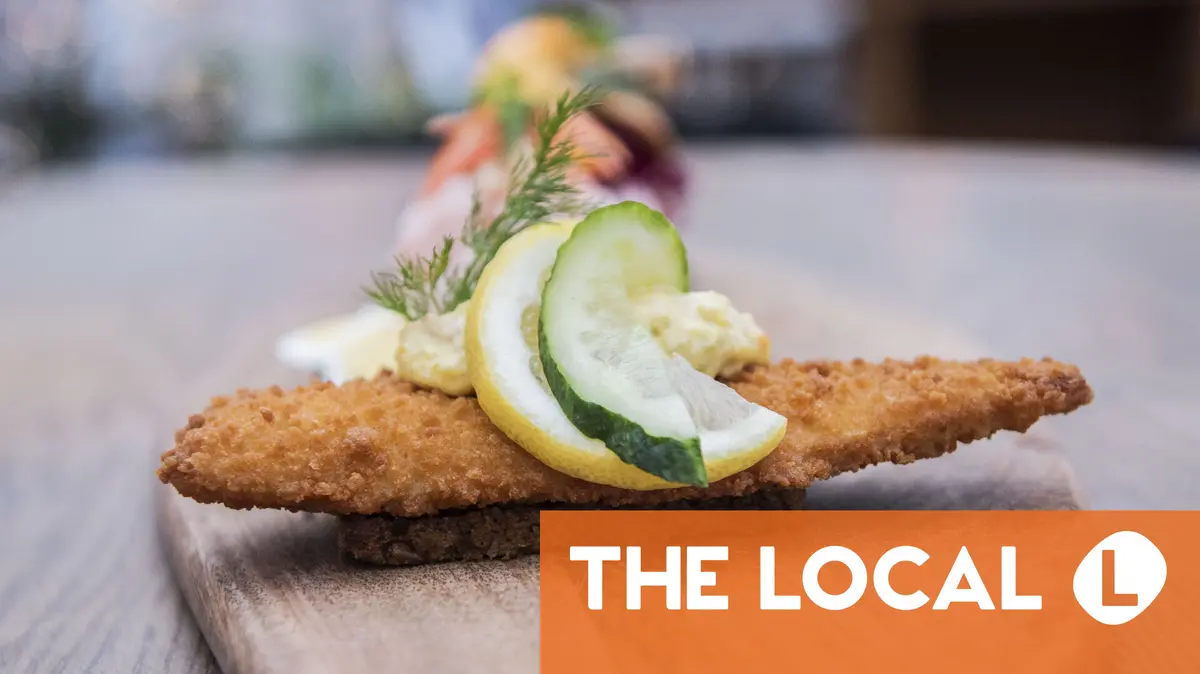The Danish language has has a rich tradition of coining creative compound words. Many of them have something to tell us about the Nordic country’s traditions and culture.
Food
Some Denmark’s most beloved dishes and staple meals are compound words, from the humble rugbrødsmad (rye bread meal) to the fancy smørrebrød (open topped sandwich, literally ‘bread with spread on’).
Leverpostej (liver pate), flæskesteg (roast pork) and pålægschokolade (‘topping chocolate’, thin slices of chocolate for putting (and melting) on warm bread can all be considered quintessentially Danish features of any meal.
At Christmas time, work celebrations revolve around the julefrokost (Christmas lunch) parties, which are not actually lunches but schnapps-fueled evening meals with set courses including herring, meatballs and rice pudding.
You might consume several juleøl (‘Christmas beers’, produced by brewers specifically for the festive season), at such an event. When spring arrives, you can try the Easter equivalent, the påskebryg.
Housing
Most people live in either a lejebolig (rented housing) or ejerbolig (privately owned housing). In some cities, you have the third option of joining an andelsforening (cooperative housing association) and becoming the effective owner of an andelsbolig.
Under this very Danish or Nordic ownership structure, you essentially own the deeds to the property and their intrinsic value but not the bricks and mortar, and you take part in a cooperative style fund for maintenance of all the properties which form the association.
Of course, you’ll still need to be approved for a boliglån (‘house loan’ or mortgage) to get on the property ladder.
Advertisement
EXPLAINED: What is Denmark’s co-operative housing system?
Education
The folkeskole or ‘people’s school’ is the cornerstone of public education in Denmark, but young people can further their education by attending a højskole – a ‘folk high school’ that allows you to nurture your personal development in the arts, music or even sport.
Many school leavers obtain a studentereksamen, a ‘student’s exam’ – in other words, the certificate that is awarded for passing upper secondary school and thereby giving you access to university. This is considered a milestone in young people’s lives and celebrated with a studenterkørsel, a trip around town on a specially-converted bus to celebrate with loud music and drinks in the company of your classmates.
School graduates meanwhile proudly display their studenterhue (student’s cap) – the white, ribboned hat that signifies they have passed their exams. It will usually be signed by classmates and kept as a memento for many years.
Advertisement
Family, work and leisure
The majority of young children attend a børnehave (kindergarteen) or vuggestue, (creche, literally ‘cradle room’) from a young age as their parents return to work after barselsorlov (parental leave).
However, the standard arbejdsuge or working week of 37 hours quite often includes an early finish on Friday afternoons, allowing workers to spend time with their families. Those without children might feel more inclined to go for a fyraftensøl (‘clocking-off beer’) after work or even attend a fredagsbar (‘Friday bar’, usually informal drinks at the office or workplace on the occasional Friday).
July usually means sommerferie (summer holidays) for children and adults alike as employment laws provide for a guaranteed three weeks off work, which workers have the right to take at the same time as the school holidays.
This time might be spent at a sommerhus (‘summer house’, a holiday home or chalet, often in coastal parts of Denmark but sometimes abroad), or on an udlandsrejse (foreign travel).
If you really wanted to splash out, you could stay at a badehotel – a traditional, upmarket seaside hotel in the classic Danish style, and the subject of at least one nostalgic, long-running television drama.
Design and history
Certain designs are closely associated with Danish style and the country’s most famous architects and designers.
These include the margretheskål, a classic mixing bowl design, named after Queen Margrethe; an ostehøvl or cheese slicer, or an elegant silver kaffekande (coffee jug) from exclusive brands such as Georg Jensen.
Zooming out and going further back in Danish history, brosten (cobblestones, literally ‘bridge stones’) are a typical feature of historic town centres, as are buildings with a baggård (back yard).
You could go to an art museum and check out the work of the Skagensmalere, the 19th century, primarily Danish, artists who based themselves in the town of Skagen and created paintings inspired by the area’s local environment and illumination. Alternatively, you could check out a Vikingeskib (Viking ship) at a history museum.
Of course, you could take the option chosen by many Danes during the winter – a hjemmedag or ‘day at home’ staying out of the cold and uninviting outdoor conditions.
Which compound words best sum up Denmark for you? Let us know in the comments.
